The Glorious History of Golf and the Glen
Many places claim to be the home of golf, but few can match North Berwick’s heritage. Records confirm that as far back as the 17th century it is certain that golf was first played in North Berwick on what is now the East Links – home of the Glen Golf Club.
Just a short climb east of the Glen Burn lies a course that delivers drama, beauty, and history in every hole. The Glen is perched on the rugged cliffs of East Lothian, offering uninterrupted views of the Firth of Forth, Tantallon Castle, and the iconic Bass Rock. The layout rewards imagination, with elevated tees, hidden greens, and the salty spray of the sea never far away.
Welcome to the Glen Golf Course - a timeless classic that’s as challenging as it is scenic.
The Story Begins
The Glen’s story begins in 1894 with the opening of the original nine-hole Rhodes Links, believed to be James Braid’s first course design. That same year, Sir Walter Hamilton-Dalrymple helped shape what is now the legendary 13th “Sea Hole”. Sir Walter Hamilton-Dalrymple sold the land to the council for £6500 with the course construction costing £3500.
A match between Ben Sayers and Open Champion Hugh Kirkaldy marked its debut—an early sign of the high-calibre golf to come.
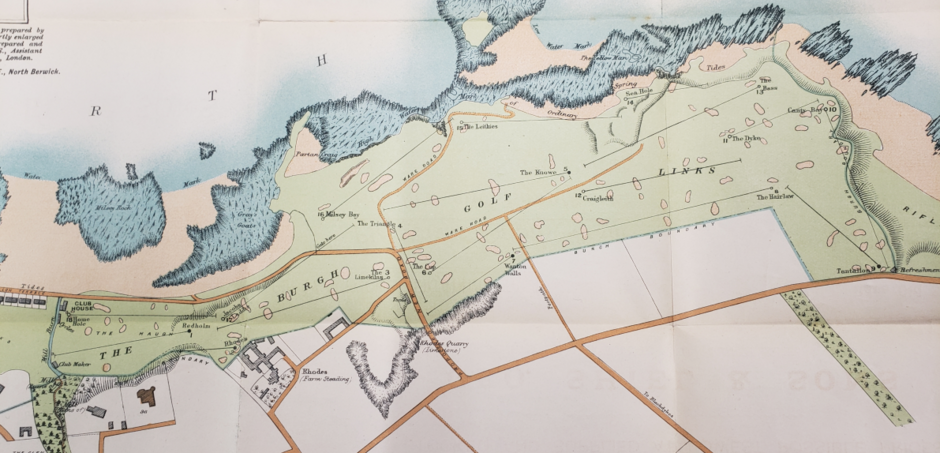
Building the Burgh Course (1905–1908)
As the popularity of golf surged in North Berwick, the overcrowded West Links prompted the Town Council to act. In 1905, they appointed James Braid and Ben Sayers to design a new municipal course—one of the first publicly owned golf courses in the world.
By June 1908, Glen Golf Course officially opened with a star-studded tournament that included J.H. Taylor, Alex Herd, and Harry Vardon, drawing thousands of spectators.
Titanic Links
Colonel John Weir who resided at Ingleholm in Clifford Road, North Berwick and was conferred Honorary Life Member in 1909. Colonel Weir, although a United States citizen and of Mexico, was born in Scotland in 1852. He made his fortune in America and was president of the Nevada-Utah Mines & Smelters Corporation. On 14th April 1912, Weir perished in the Titanic disaster and his body was never recovered. The former coachman from Innerleithen is remembered annually when the Glen Ladies compete for the Colonel Weir Rosebowl.
Tournament Legacy & Legends
1909 – The Big Event
The 1909 professional tournament was one for the ages. A young George Duncan fired a course-record 70 and walked away with £125, the largest first prize in golf at the time. He would later become Open Champion in 1920.
Also competing: Harry Vardon, Sandy Herd, and Ted Ray—names etched in the game's history.
Oh, and the world’s longest drive at the time? 388 yards from the 13th tee (as it was known then) by W.H. Horne. It stood for over 20 years.
Design Influence from MacKenzie & Colt
In 1925, the Town Council sought to upgrade the course. They approached two titans of golf architecture:
Dr. Alister MacKenzie (Augusta National, Cypress Point)
Harry Colt (Sunningdale, Muirfield)
MacKenzie’s suggested changes were never fully implemented, but his footprint remains in subtle undulations and strategic green placement.
From Municipal Links to Glen Golf Club
In 1930, the course was renamed the Glen Golf Club. A new pavilion opened in 1931 (closed on Sundays, by tradition). While the course has evolved, it has stayed true to its roots—natural, unpretentious, and breathtaking.
The Second World War caused the 'Immobilisation of Golf Courses and Public Parks’ for agricultural purposes which led to the course being ploughed and used as farmland and obstacles had to be planted to prevent enemy aircraft from landing on the course. This meant there was officially no course and only a dozen members, half of whom kept their subscription on to keep the club in existence; they didn’t play or use the clubhouse, however their actions ensured there would be a club to return to after the war. By 1950, the government's sheep grazing policy was discontinued and the course was playable again.
In 1958, Sunday play was finally allowed. Members would use the clubhouse and locker room, as there was no pub then, drinks were served through a hole in the bar door.
Course Records
Today, Glen Golf Course stretches 6,275 yards (Par 70).
In 2018, two young stars etched their names in history:
Finlay Goodlad: 66 (championship tees) and Niilo Makipetaja: 65 (yellow tees at age 14!)
A Living Piece of Golf History
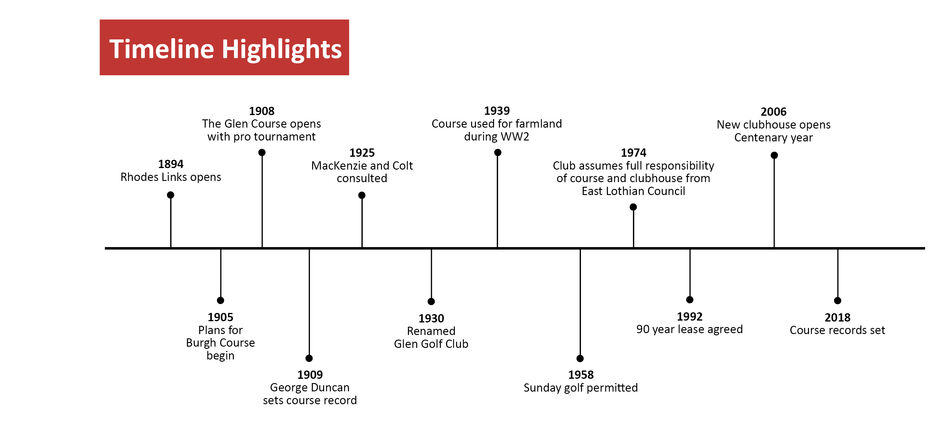
The Glen Golf Course is more than just a scenic track on the coast—it's a living piece of golf history. Shaped by the hands of legends like Braid, Sayers, MacKenzie, and Colt, and tested by champions like Vardon and Duncan, it’s a course that both honours its past and welcomes the future.
From the dramatic 13th “Sea Hole” to the panoramic 18th tee drop, The Glen Golf Course offers more than golf—it offers an experience.
Whether you’re a seasoned golfer or a first-time visitor to East Lothian, the Glen is not just worth playing—it’s worth remembering.
Be part of the Glen History
Ready to Book a Tee Time? Visit our visitor booking page or call us directly on 01620 892726 (option 1) to reserve your round. Discover why those in the know call it “Scotland’s most scenic hidden gem.”




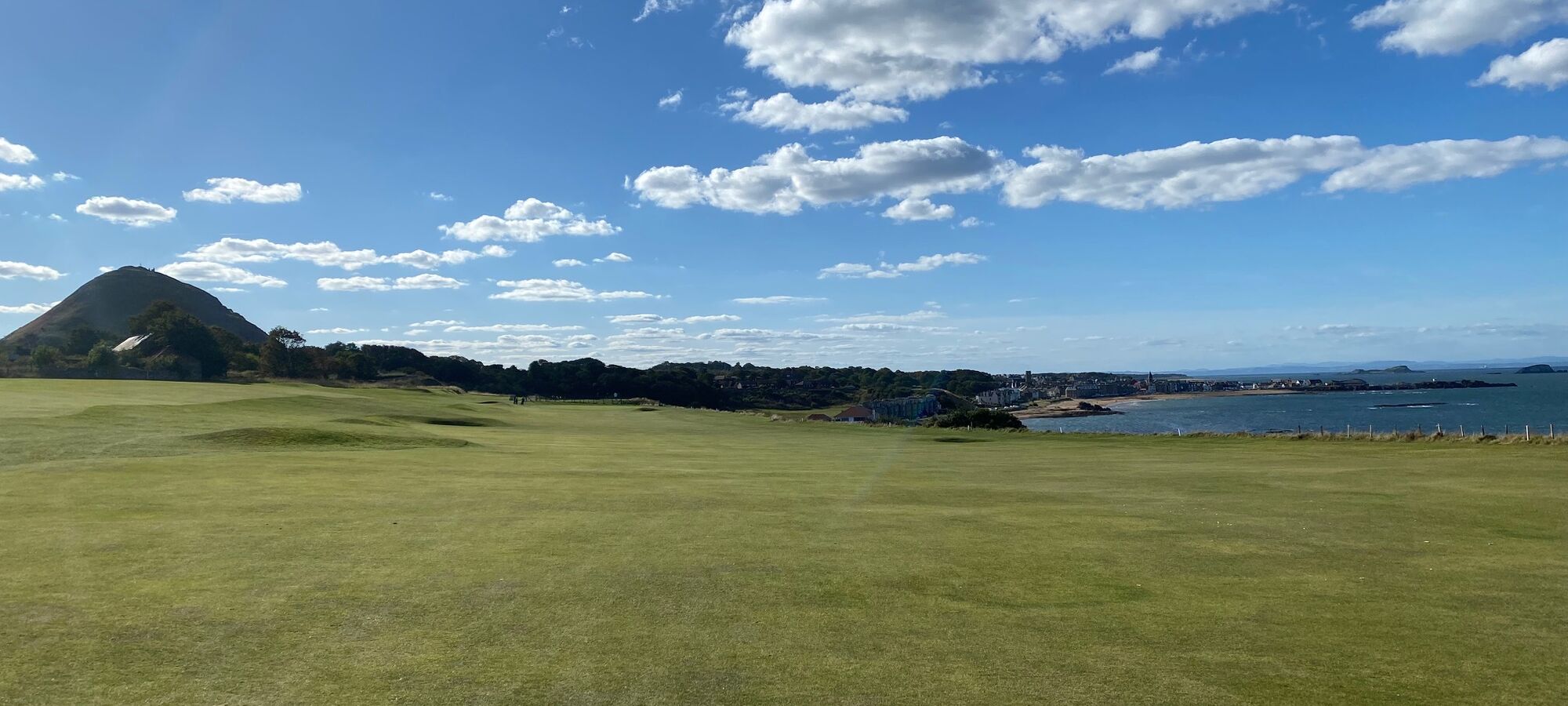
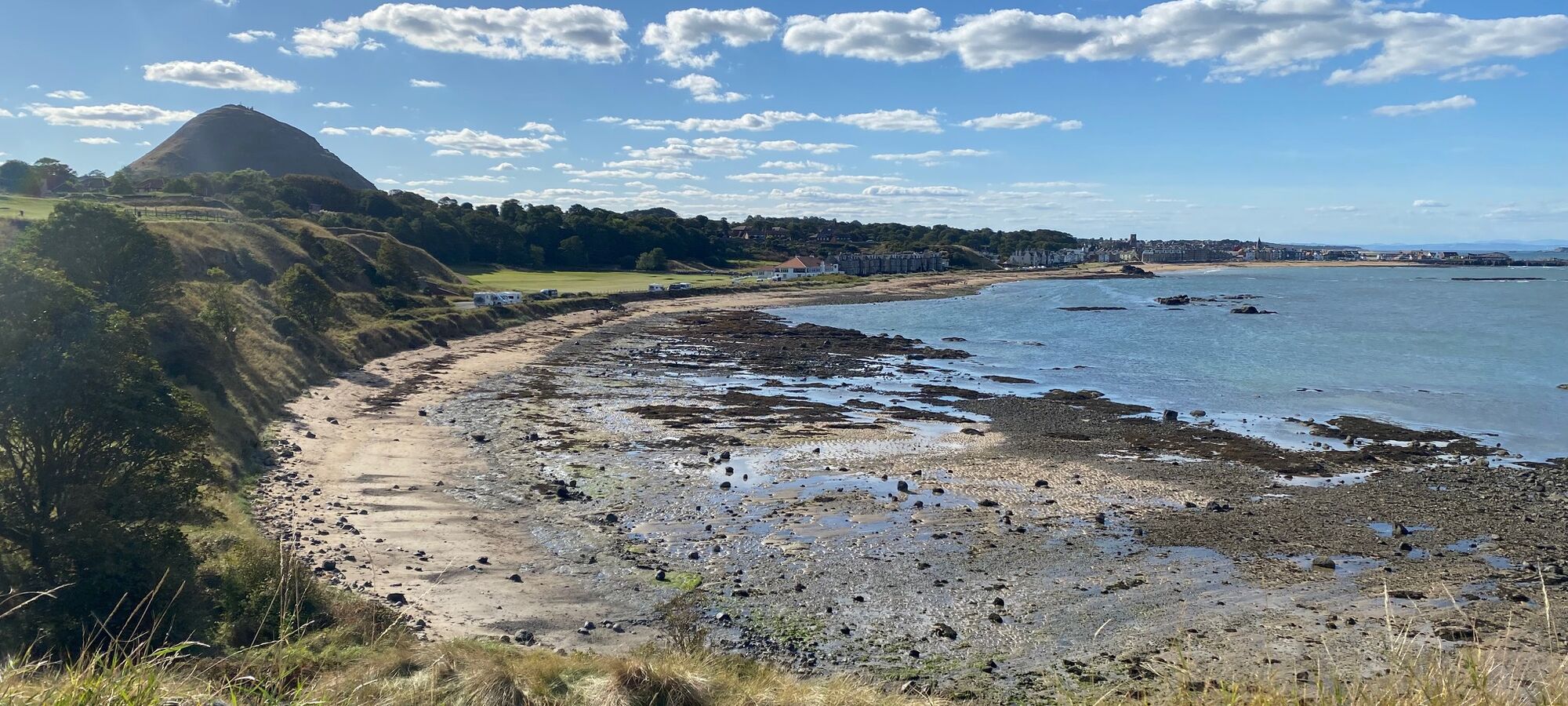
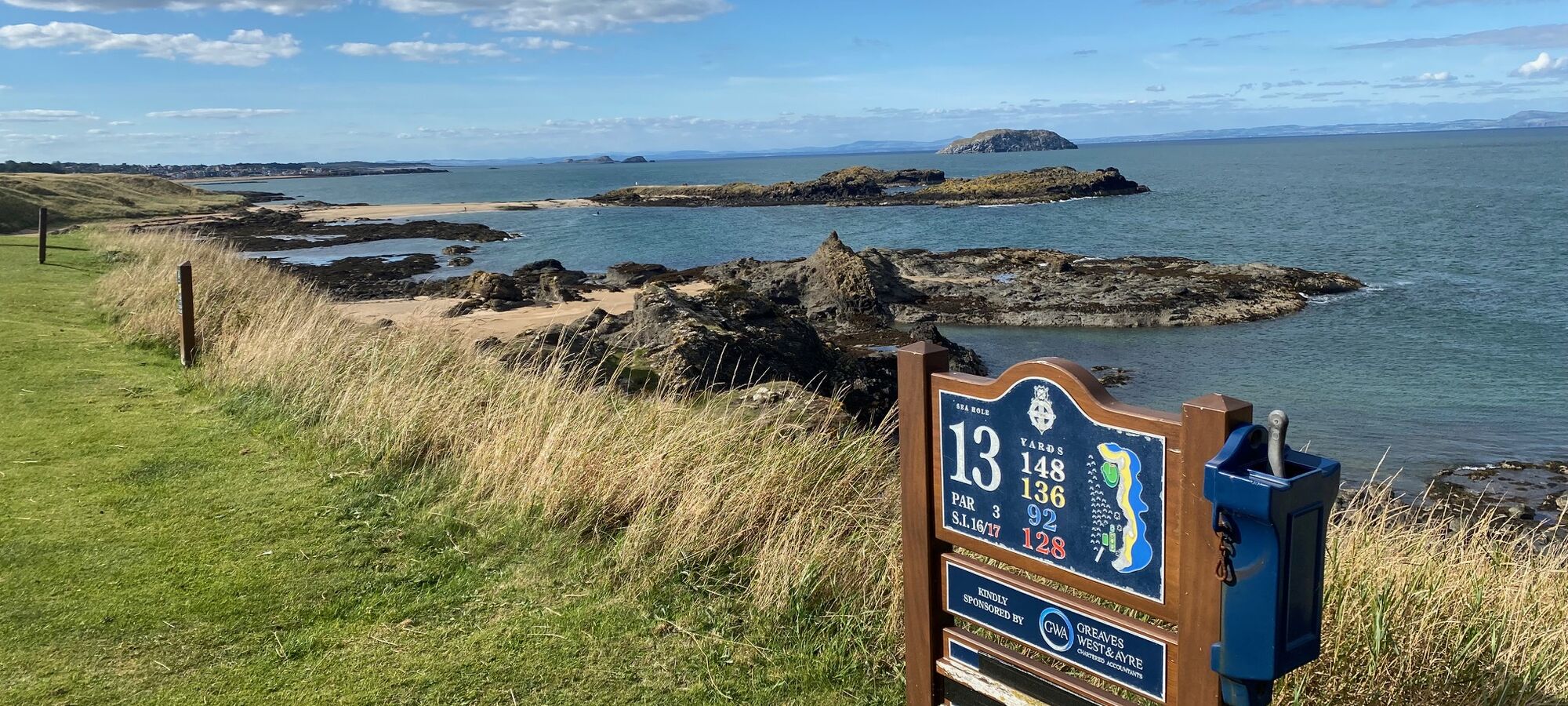
%202025.jpeg)




